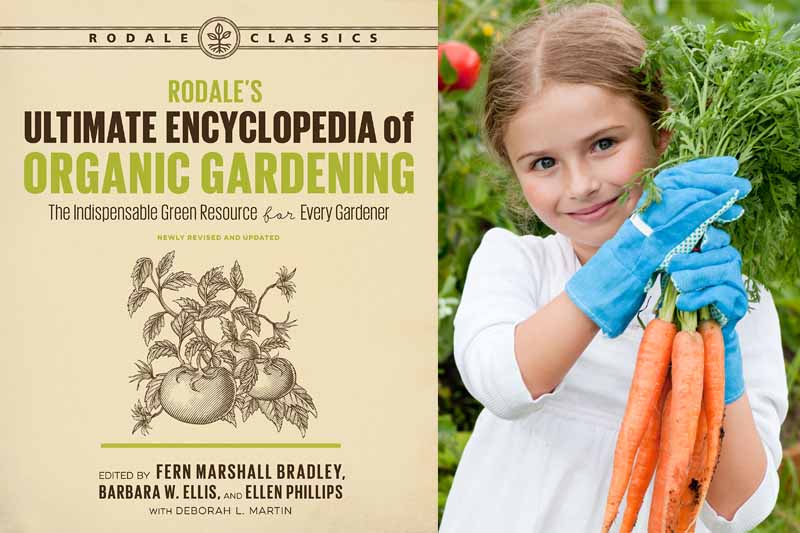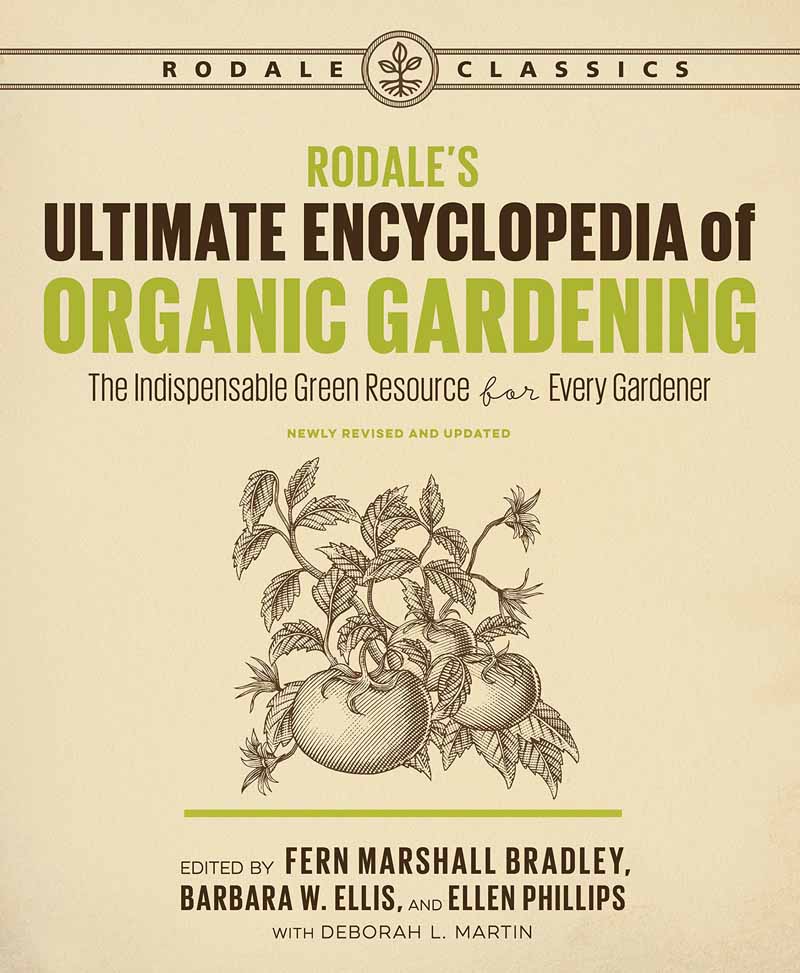We link to vendors to help you find relevant products. If you buy from one of our links, we may earn a commission.
Rodale’s Ultimate Encyclopedia of Organic Gardening: The Indispensable Green Resource for Every Gardener is available on Amazon in Kindle and paperback formats.

Let’s jump right in!
Inspiration for Healthy Living
A manufacturing company, the Depression, and health issues led J. I. Rodale to Pennsylvania’s Lehigh Valley in the 1930s, where he and his brothers started Rodale Press with a focus on healthy living. By the 40s, the Rodale Organic Gardening Experimental Farm was up and running, and in the 50s, their Prevention magazine touted the benefits of whole grains and vitamin supplements.
In 1959, the first edition of The Encyclopedia of Organic Gardening was published. It advocated the cost-effective, healthy practice of growing home food crops without chemicals – a radical idea!
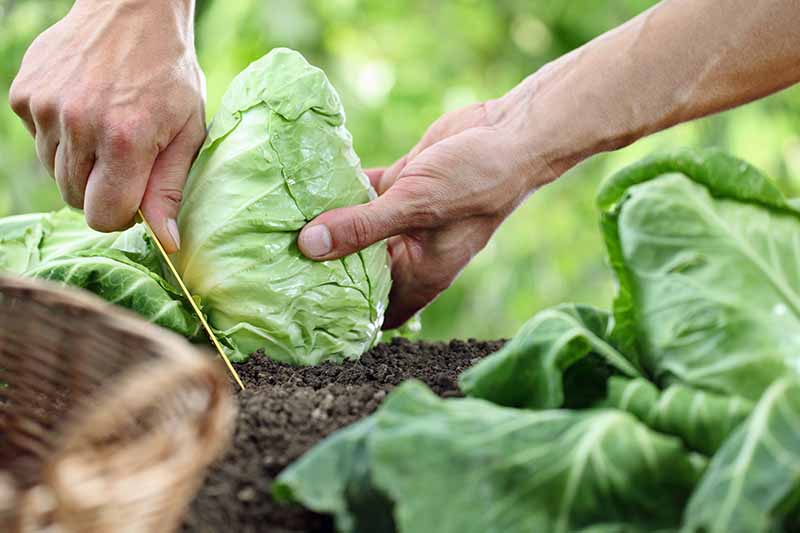
Over the years, the encyclopedia has evolved and now includes annuals and perennials, shrubs and trees, lawns, and the latest in “green” growing. The new edition stays true to the Rodale commitment of providing the most up-to-date information on organic practices for home growers. The editors share a wealth of experience as horticulturists and Rodale writers, and they have painstakingly culled outdated material, updated entries, and added new sections to reflect today’s best practices.
First Impressions
For my personal copy, I chose the paperback format. It measures 7.5 x 1.9 x 9.1 inches, weighs 2.6 pounds, and has 720 pages. The creamy, recycled acid-free paper, font variations, text boxes, and sepia-toned ink give it a fresh, contemporary feel.
For those unfamiliar with this publication, I should tell you it’s not a glossy coffee table book. There is no color, save the occasional sepia diagram, illustration, or photo. Instead, it’s a comprehensive A to Z reference guide, each page packed full of useful information arranged in a visually appealing format.
An Up-To-The-Minute Line-Up
And so, while I’m reluctant to part with my 1978 Special Deluxe Edition of the Encyclopedia of Organic Gardening, with its hard cover and attached ribbon bookmark, it’s crucial to stay up-to-the horticultural minute with the latest information.
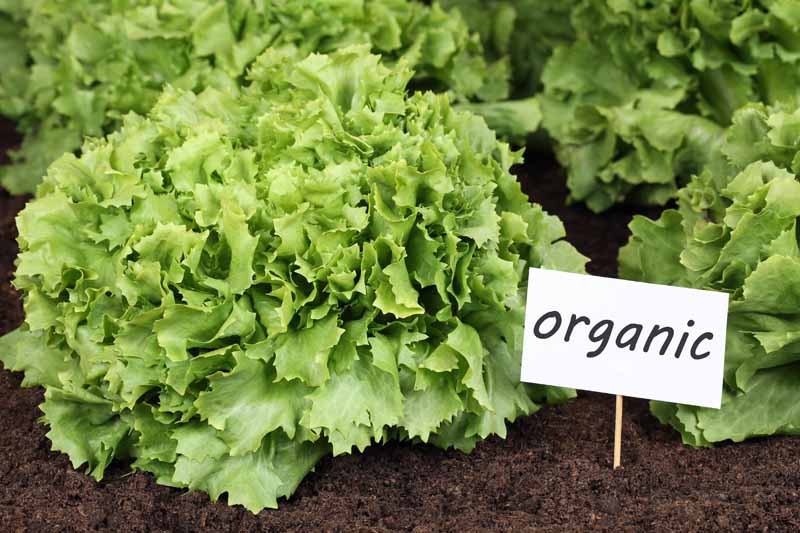
Here’s a brief synopsis of each section of this user-friendly manual:
Contents
In Contents, we have our first glimpse of what’s in store:
Introduction, How to Use This Book, alphabetical plant and subject listings, Diagnosing Plant Problems, Glossary, Resources, Recommended Reading, Contributors, Quick Reference Guide, USDA Hardiness Zone Map, and Index.
The format is user-friendly, and the font is comfortably large.
Introduction
This section briefly outlines the evolution of the book from “fringe movement to mainstream,” and its adherence to the principals of J.I. Rodale and his son, Robert. Today’s knowledge and current trends inform the revised edition, and enhance fundamental “evergreen” basics.
How to Use This Book
This instructive portion is a must-read. It provides an overview of the format and how to find what you need. There are 314 entries arranged alphabetically according to 28 categories. They are: gardening techniques, organic garden management, food crops, and ornamental plants.
Food crops are listed by common name, like avocado or common sage, and ornamentals are found by botanical name, such as Acer and zinnia. (Sometimes a botanical name is also the common name.)
If you’re looking for an ornamental, but don’t know its botanical name, no problem. All plants are cross-referenced in the index, where they appear by both botanical and common name. For example, if you look up bee balm in the index, you see (Monarda didyma); conversely, if you search Monarda didyma, you find (bee balm).
A to Z Entries
The body of the book is extremely easy to navigate. Some entries are brief, such as the three-paragraph description of ageratum flowers, while others, such as Animal Pests, Composting, Herbs, and Soil may run for 10 pages.
Detailed illustrations interspersed throughout the text demonstrate techniques like pinching tomato suckers, staking stems, and preparing a cleft graft. Text boxes contain useful lists such as Six Great Grasses, Trees and Shrubs for Birds, and Five Causes of Houseplant Failure. From identifying fruit tree pests to designing a rain garden, there’s a wealth of well-organized, earth-friendly information for folks of all skill levels.
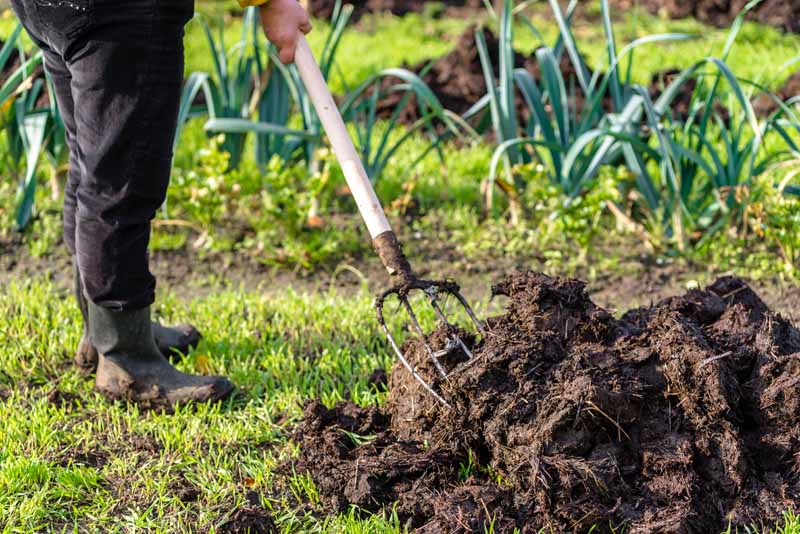
A consistent format makes it easy to rapidly locate what you seek. Ornamental entries include subsections titled Description, How to grow, and Landscape uses. Food crop write-ups are broken into Planting, Growing guidelines, Problems, and Harvesting.
In addition, look for the heading Key Words throughout the book, to build your horticultural vocabulary.
Diagnosing Plant Problems
A user-friendly table makes it easy to match plant symptoms with their potential causes in this very useful section. There are five categories: Whole Plant Symptoms, Leaf Symptoms, Stem Symptoms, Fruit/Flower Symptoms, and Root Symptoms. Easily scan the pages to zero in on your problem(s) and refer to the appropriate pages.
Glossary
Not just for the beginner, this alphabetical listing gives a useful overview of common horticultural terms. Learn about compound and trifoliate leaves, stratification and undersowing, as you explore this interesting section.
Resources
From national organizations to colleges and societies, this alphabetically-organized list of 54 horticulture-related websites is a valuable reference tool. Find links to topics like home food preservation, Japanese landscapes, and planting extra for charity to enhance your horticultural experience.
Recommended Reading
The works of 31 authors are listed here for readers who want more information on selected topics like Home-Scale Permaculture and Building a Net-Zero Energy Greenhouse. Some of these horticulturists/writers are further acknowledged in the Contributors section.
Contributors
Here you’ll find an alphabetical list of 62 people who have contributed to this updated Rodale guide. They are an interesting group of horticulturists/writers, some of whom are easily located online.
Quick Reference Guide
The Quick Reference Guide is divided into 17 sections:
Annuals, Bulbs, Edible Landscaping, Evergreens, Fertilizers, Fruit, Garden Design, Groundcovers, Herbs, Landscape Maintenance, Landscaping, Nut Trees, Perennials, Shrubs, Trees, Vegetable Gardening, and Vines. All entries are included, and it’s a handy way to search.
USDA Hardiness Zone Map
This section consists of a replica of the USDA Hardiness Zone Map and the web address for this interactive tool. Simply go online and provide your zip code to determine your growing zone, a key to choosing the right plants for your location.
The USDA Hardiness Zone Map was updated in 2012 which we discuss in more detail here.
Index
A note at the beginning of the index indicates that page numbers in boldface type represent photos/illustrations, and underlined page numbers stand for charts/graphs and text boxes. Here, you’ll find all entries cross-referenced by both botanical and common names.
Best Practices for Best Results
At the bottom of the copyright page of the 2018 Rodale’s Ultimate Encyclopedia of Organic Gardening, you’ll find these words:
“We inspire health, healing, happiness, and love in the world. Starting with you.”
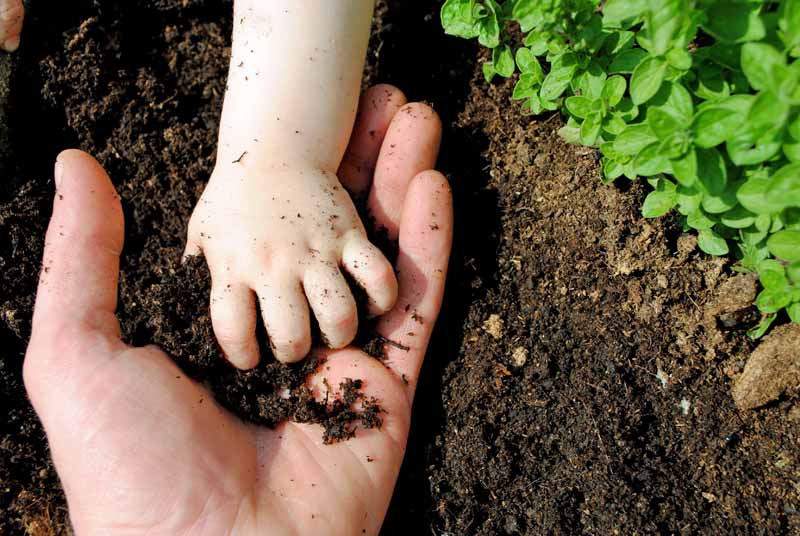
What a warm invitation to love this book from cover to cover!
If you’ve never owned it, you’re in for a treat. And, if you’ve got an old copy, I highly recommend replacing it with this new edition.
Why?
Because knowing the best practices to date is important. It’s how we increase our harvests, step up our conservation efforts, and avoid costly mistakes.
Get your copy today for the “ultimate” organic gardening experience!
Book cover image courtesy of Rodale Books. Uncredited photos: Shutterstock.
